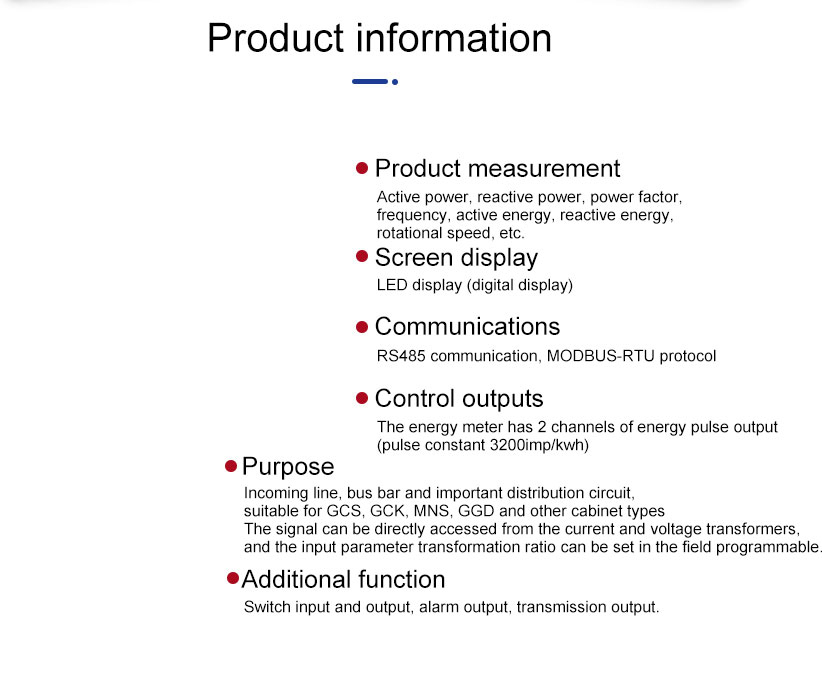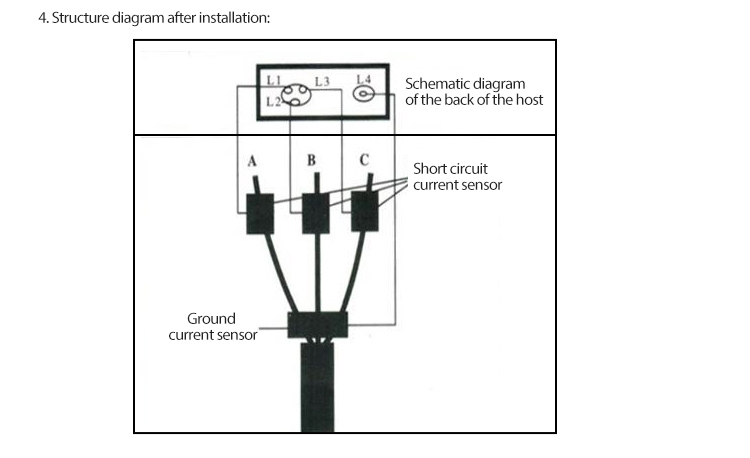BHPian Chhanda Das recently shared this with other enthusiasts.
Ever since the prodding by our fellow Bhpian tsk1979 about adding an ammeter to our setup in one of the posts, I started thinking seriously about it and would often nag my son for the same. He finally got tired of it and got around to making a bidirectional ammeter module. Ammeter Analog

Firstly, we had to get a digital ammeter since an analog one would not be able to suffer the rigours of a moving car regularly. But which one to choose? Since our maximum charging current would not exceed 15 amperes (A) of direct current (DC), the closest-rated digital DC ammeter above it would be at 50 A. However, we could not find one like that either here in Kolkata or anywhere online that we could access. I still feel that the ban on Ali Express continues to hurt us to this day. The next larger capacity DC ammeters that are available to us are rated at 100 A. These are available with a 75 millivolt (mV) shunt for around INR 350.
However, there was a problem. These ammeters measure the current flowing only in one direction. This meant that we could either measure the amount of current going into the solar charge controller or the current being drawn by the load from the charge controller. Our aim was to measure the net amount of current going into or out of the battery when the solar charge controller is receiving a charging current while running a load all at the same time. Hence, we started looking for bidirectional DC ammeters but we were shocked to see that these cost approximately 5 times what the 100 A DC ammeter with a 75mV shunt costs.
We realized that it would be much cheaper to use two separate 100 A DC ammeters with two separate 75mV shunts to measure the amounts of current going in and out of our system at the same time. This seemed like a suitable idea to me but my son was still not satisfied.
After pondering over the wiring diagrams and technical manuals of the cheaper 100 A DC ammeters for a few days, he suddenly had a brainwave. Why don't we use a manual switch to reverse the direction in which the ammeter measures the current? Oh yes, of course, why didn't I think of this? He decided to use a double pole double throw (DPDT) switch with a center-off to reverse the direction of the current measuring wire with respect to the ground wire. The center-off was important since it would allow the meter to turn off which is very important for maintaining efficiency without removing the entire module from our setup, especially on cloudy/rainy days when there wouldn't be much harnessable solar energy from our 150 (100+50) or 180 watt solar panels.
Did I mention that it also measures the voltage? Well, it does. The wiring of the 100 A DC voltmeter ammeter with a 75mV shunt can be done in either one of two ways. One way is to use an independent power source to power the ammeter while in the other case, the ammeter draws the power from lines it is measuring. If we use an independent power source, the measurements will be more accurate to the tune of 0.1 A but in the other case, the accuracy drops to 0.5 A. Please note that in the latter case, the voltage has to be in the 4-28 V range. Since it would have been impractical to use an independent power source in our specific use case, we chose the other way as you can see in the wiring diagram below:
In the image below, you can see that the DPDT switch is connected electrically between the shunt and the meter. There is a single pole single throw (SPST) switch connected electrically to the current sensing wire between the DPDT switch and the meter. This SPST switch has to remain off or has to be turned off before changing the position/state of the DPDT switch or else the meter can get burnt/destroyed.
My son used some double-sided adhesive tape to insulate the shunt from the exposed metal terminals/wires. I will not bore you with the nitty-gritty of the rest of the wiring which is pretty much evident in the images/video above/below. Since this meter setup will be connected electrically between the charge controller and our DIY Lithium battery pack, it will show the net amount of current flowing through the wires while the position/state of the DPDT switch will show the net gain/loss of charge of the battery pack.
The total cost for this update came to less than INR 400 and here is a short video of the last test done by my son.
I hope that you enjoyed going through this update on our portable power station project and I wish you all happy & safe drives ahead.
Check out BHPian comments for more insights and information.

Dc Ammeter Keep yourself tuned in to the Indian automotive scene via Twitter, Youtube or RSS feeds.